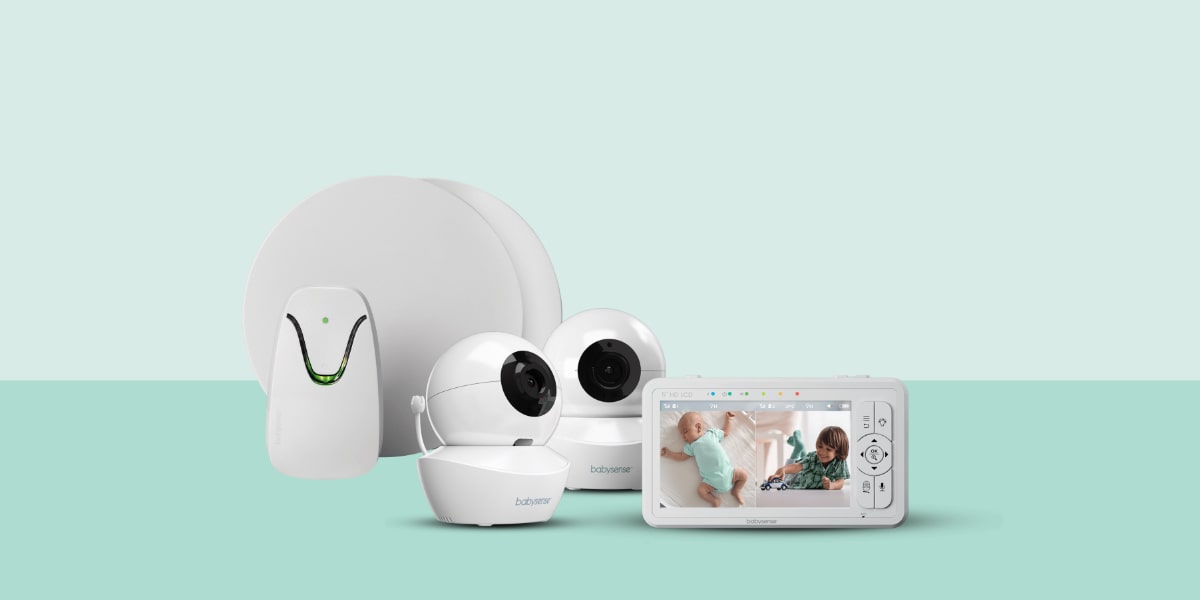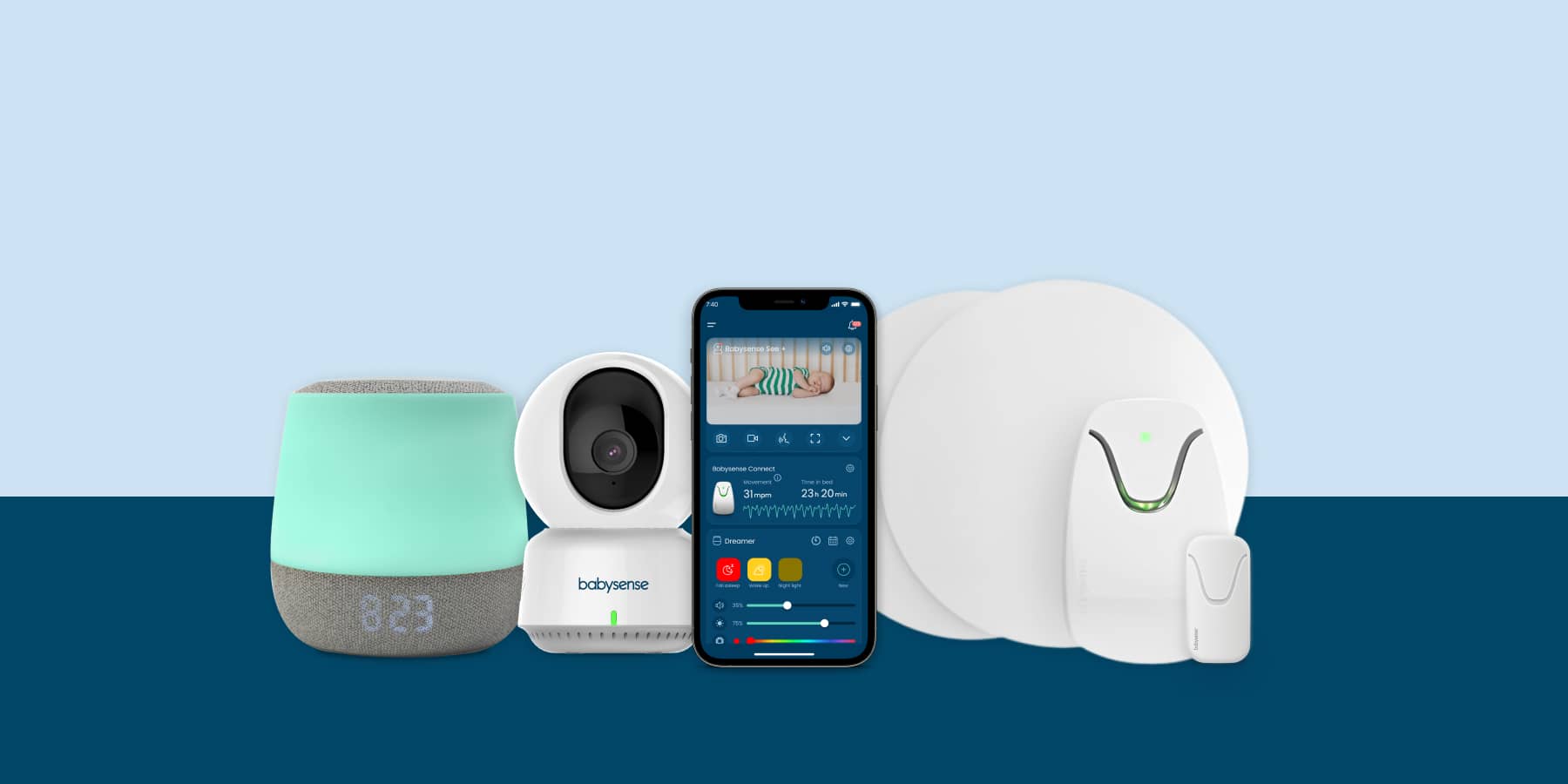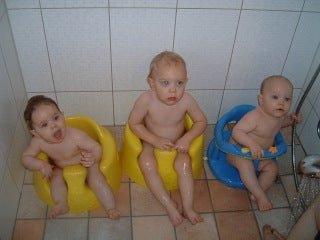When children approach the age of 2 years, they come to realize that they are independent people, and in an attempt to be more independent they feel the need to test their boundaries. Tips on how to interact with a No! Me! Mine! Now! Toddler.
Are these pictures part of your and your toddler’s life? You might experience tantrums, handling a non-compliant child or you might have to put up with defiance.
These behaviours are frustrating, but when children approach the age of 2 years, they come to realize that they are independent people, and in an attempt to be more independent they feel the need to test their boundaries.
A toddler is constantly testing the boundaries
Thus, the main theme of toddlerhood is one of asserting the self and the exciting new idea that they can control the world. They think: No! Me! Mine! Now! They also respond best to language that is about them. All in all they are very self-centred and expect the world to adapt to their every need!
Are you listening to your toddler?
Listening and talking to toddlers is as much about reading what they’re saying with their bodies as it is about hearing their words. Stuck for words, a toddler will use actions to communicate needs and wants.
Connect on his level
Every parent learns very soon that yelling from the other side of the room, seldom has a positive response. Walk with your child, squat down or pick the child up, make eye contact, stay calm, lower the tone of your voice and use familiar words in very short sentences or use only one word at a time.
Meet his needs
Read the cues – your child might be scared,hungry, tired or wants to play outside, put words to these needs for your child to learn about words but also about his needs. “You are hungry. I’ll give you a biscuit.”
Your child might simply not know what to do about a situation and which words to use. Consider all possible options and help your child to communicate his or her needs.
Listen and react
Toddlers do not have a concept of time. To wait 2 minutes or 15 minutes for your response, “feels” the same to them. If you do not respond almost immediately, the behaviour and needs will escalate and you’ll teach your child to overreact to gain your attention.
Read between the lines
Watch your child’s gestures and tone of voice. Even if you have no idea what he is yelling about, show him that you understand that he is angry. Give names to emotions by saying things like: “you are angry” or “you are sad”. When you give him the words, he can label the feeling and might be able to use it in the future.
Words or no words
Avoid too many words – long explanations go over their heads. Keep phrases short and repeat yourself often. Revisit the words you are often using.
Body language
You can often sense something is coming up by reading your child’s body language. He might yawn, give telltale signs of hunger, looks overwhelmed (especially on outings to unfamiliar places) or lose interest in the task at hand. Signs such as these can indicate that you should tend to your toddler’s needs before it is necessary for the child to react in a negative way.
Listen
Just as a toddler will ask a million questions, he will also want to tell you a million things about his passion. Listen. And use it as a learning experience. Does he love cars? Build ramps to teach cause and effect, talk about colours, identify cars on the road, make associations, e.g. 4x4 vehicles, racing cars, motor homes, family cars.
Choices
To provide for the sense of “I am in control of this big world” give your toddler choices. If you just say: “put your shoes on it is cold” you might be faced with a negative “I don’t want to wear shoes!”. The best way is to give a choice from 2 objects, e.g. “It is cold outside. Would you like to wear the new blue shoes or your old brown ones?” The child feels in control because he has made a choice.
Modelling
Toddlers love to copy parents and other adults – to our amusement! It is cute to see how accurate they can mimic, saying the exact words and copy the exact body language. Thus, tread carefully and ensure that you behave in a way that you want them to copy, e.g. if you say that swearing is wrong, don’t swear; if you say that your child should eat all the food on the plate, set the example; if you don’t want your child to yell, don’t yell.
Praise, praise, praise
Experts all agree that the best way is to reinforce good behaviour. Look out for your child when he is behaving correctly and give him praise and acknowledgement. Do not ignore your toddler when he is playing quietly on his own. Walk to him, sit next to him and give him praise for the good behaviour.
Be Consistent
Always tell the truth. A white lie might be a quick way to get your child to react in a specific way, but in the end your child will not know when to trust you. It might work once or twice, but it will break the trust between you and your child.
Warn, and then act. Kids do not remember what they did wrong an hour after the incident. Show them the consequences of bad behaviour as close to the incident as possible.
Show respect. Stay calm. Get down to your child’s level and talk slowly; acknowledging the obstacle, e.g. “Swinging is fun. But it is time to go home now.” Then act.
Stick to a routine. Avoid unpleasant surprises by letting your child know what to expect out of each day. This will help your child to feel in control, which will make him much more agreeable. Keep the morning and bedtime routines predictable. Inform your child where you are going, what you are going to do and what you’ll expect of him before you go on an outing.
By Marga Grey
Marga Grey is the author of Sensible Stimulation, Marga Grey (B.OT, M.Sc OT) is a paediatric occupational therapist who practised in South Africa for decades. She presented many workshops to parents, teachers and therapists on many different aspects of child development, and specific therapeutic procedures. For more information from Marga Grey go to or email her at info@sensibleparenting.com.au








